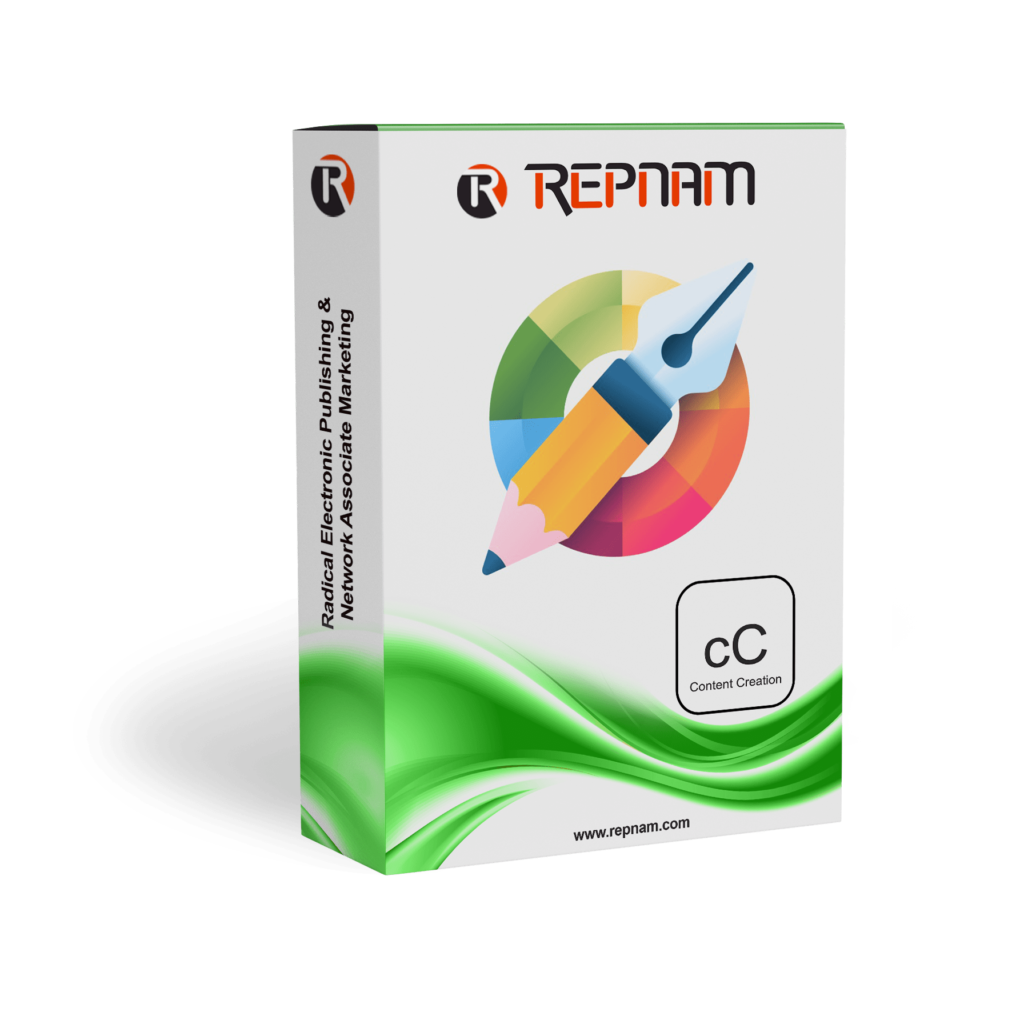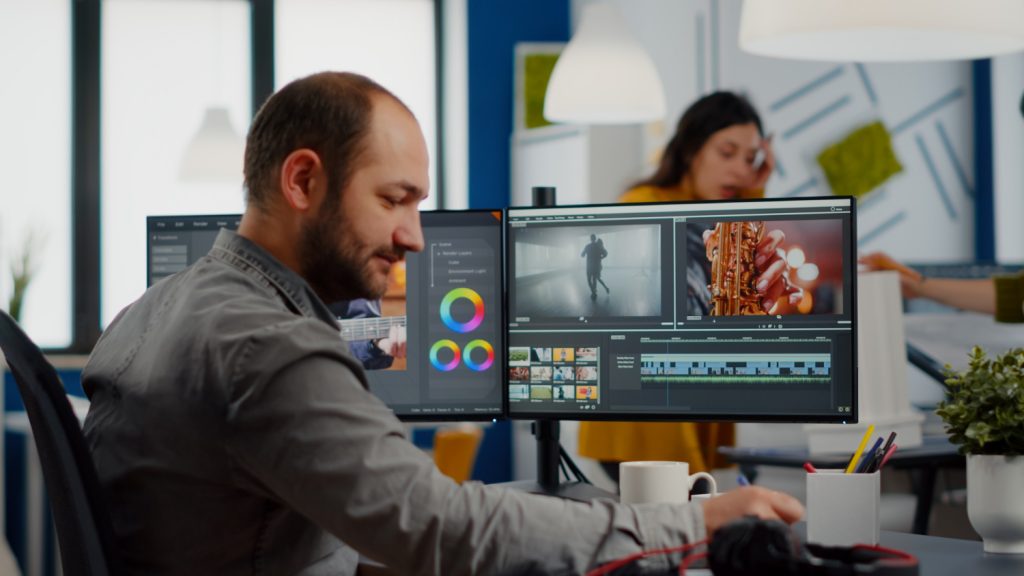Introduction:
In the fast-paced world of the internet, where attention spans are fleeting and visual appeal is paramount, web design plays a crucial role in capturing and retaining users. The landscape of web design is diverse, encompassing various types, norms, and ever-evolving trends. In this blog, we’ll embark on a journey through the digital canvas, exploring different web design types, adhering to norms, and staying attuned to the dynamic trends shaping the online user experience.
Web Design Types:
1. Static Websites:
Static websites present fixed content to users without dynamic elements. They are simple, fast, and suitable for projects with minimal updates.
2. Dynamic Websites:
Dynamic websites, powered by server-side technologies, offer personalized content based on user interactions. E-commerce sites and content management systems (CMS) often utilize dynamic design.
3. Responsive Design:
With the proliferation of devices, responsive design ensures that websites adapt seamlessly to various screen sizes, providing an optimal viewing experience on desktops, tablets, and smartphones.
4. Single Page Applications (SPAs):
SPAs load a single HTML page and dynamically update content as the user interacts, providing a smoother experience akin to native applications.
5. E-commerce Design:
E-commerce design focuses on creating user-friendly interfaces for online shopping, emphasizing product display, intuitive navigation, and secure checkout processes.
Design Norms:
1. User-Centric Design:
Placing the user at the center, user-centric design focuses on creating interfaces that are intuitive, accessible, and provide a seamless user experience.
2. Accessibility Standards:
Adhering to accessibility standards ensures that websites are inclusive and can be accessed by individuals with disabilities. This involves designing for screen readers, keyboard navigation, and color contrast.
3. Mobile-First Design:
Given the prevalence of mobile users, designing for mobile-first has become a norm. This approach ensures that websites are optimized for smaller screens and progressively enhanced for larger ones.
4. Cross-Browser Compatibility:
Designing for cross-browser compatibility ensures that websites function consistently across different web browsers, preventing discrepancies in user experience.
5. Intuitive Navigation:
Intuitive navigation involves creating clear and user-friendly menu structures, ensuring that visitors can easily find the information they seek.
Design Trends:
1. Dark Mode:
Dark mode has gained popularity for its aesthetic appeal and potential energy savings on certain screen types. It’s being embraced by many websites and applications.
2. Minimalist Design:
Stripping away unnecessary elements, minimalist design focuses on simplicity, clarity, and a clean visual aesthetic.
3. Microinteractions:
Microinteractions are subtle animations or feedback mechanisms that enhance user engagement and provide a more dynamic user experience.
4. 3D Elements:
Leveraging three-dimensional elements in web design adds depth and visual interest, enhancing the overall immersive experience.
5. Neomorphic Design:
Neomorphic design, characterized by soft shadows and embossed elements, provides a futuristic and visually striking appearance.
Conclusion:
As we navigate the ever-evolving landscape of web design, understanding the diverse types, adhering to norms, and embracing current trends become instrumental in crafting compelling online experiences. Whether it’s the timeless principles of user-centric design or the avant-garde trends shaping the digital frontier, staying informed and adaptable is key to creating web designs that captivate, engage, and leave a lasting impression in the vast and dynamic realm of the internet.
















